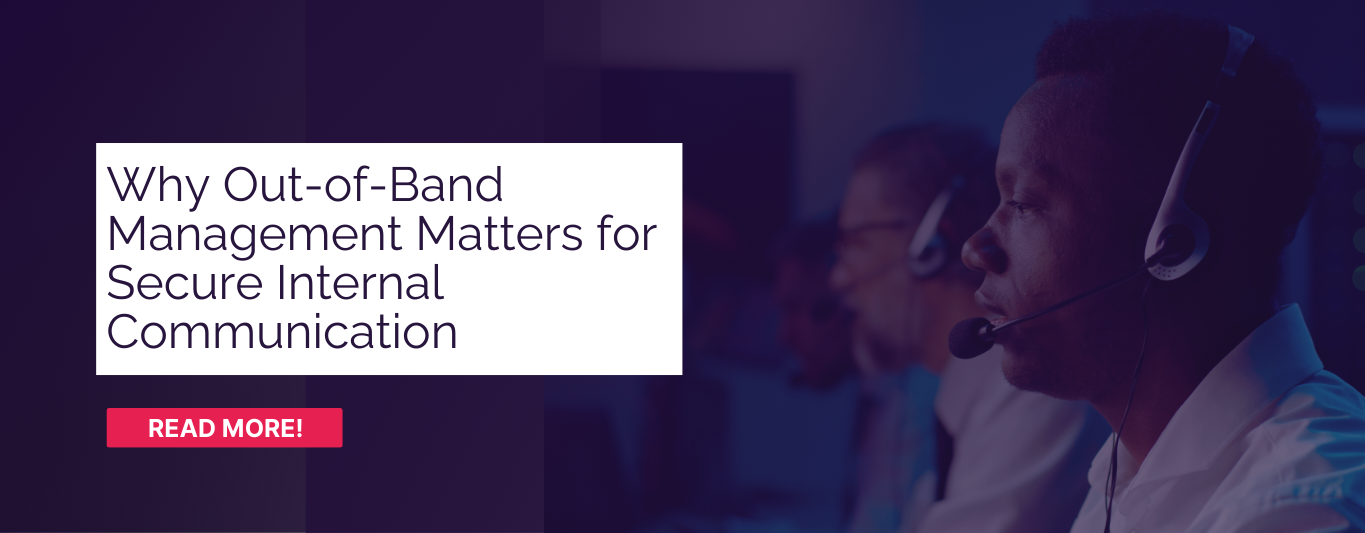How to Prevent Data Breaches in 2022
.png)
A data breach is a situation no company wants to be in, and your employees certainly wouldn’t want to be the reason this has happened. Human error is one of the biggest reasons for a data breach, but also the software and platforms companies choose to use to communicate. Many organisations need to focus on tightening their security and privacy solutions to prevent a worst-case scenario from happening. With a data breach affecting communication app Signal that reportedly exposed1900 user accounts earlier this year, continuing to use unsecure communication is a huge risk.
At RealTyme, we put data security and privacy at the core of our collaboration platform, with features that provide your organisation with a place to securely collaborate and work productively. Below, we’ll look at some of the common security issues being reported by organisations and what you can do to ensure you’re not the next victim.
Common Security Breach Issues
In 2021, businesses suffered 50%more cyberattack attempts per week than in 2020, showing a sharp increase in malicious third parties trying to access confidential company data. There are multiple ways you can suffer a data breach, and the tactics used by cybercriminals are becoming evermore sophisticated to bypass advanced security protocols. Organisations are having to take a smart approach to counter this, however, many cyberattacks are taking the form of tried and tested methods that unfortunately still work, with phishing attacks that dupe individuals into providing valuable information still effective.
· Phishing - 39% of UK businesses who identified a cyberattack in the last 12 months reported 83%were phishing attempts, targeting individuals for information through emails or text messages, as well as through social media sites.
· Ransomware – a type of malware that can encrypt data and force the user to pay a ransom to regain access, if at all. There were more than 20million messages sent in 2021 that contained malware that linked to ransomware.
· Spyware – another form of malware that can steal information without your knowledge, such as keystrokes, personally identifiable information (PII), credit card details etc.
· Lost, Stolen Passwords – passwords and login information should never be written down as it has the potential to be lost. Stolen passwords can then lead to bigger issues if the password is reused for many different sites/apps, or uses a weak format that is easy to crack.
· Data Leaks – when PII or confidential data is leaked, this can happen accidentally through human error as well as being intercepted. A potential type of data leak can occur when confidential files are shared over email. This is why at RealTyme we provide a secure platform to share sensitive documents so that sending these via email can be avoided.
· Poor software choices – many businesses rely on third-party software for productivity and team collaboration, but making poor choices on software and using consumer-built apps and services, such as WhatsApp, rather than those with privacy by design can present problems.
With the average cost of a data breach at an all-time high in 2022, increasing by 2.6%to $4.35 million, the need for business owners to review and strategize their company’s approach to data privacy and tightened security is crucial.
Tips to Stop a Data Breach
There is no one-size-fits-all solution that will work forever organisation, but the basics have to be adhered to, with employee vigilance and care one of the most important. With 95%of all breaches citing ‘human error’ as a major contributing factor, ensuring your teams stay vigilant and aware of the risks is key.
Backup and Recovery strategy – as a cyberattack and potential data leak can happen to anyone or any organisation, having a recovery strategy in place is vital. A ransomware data recovery strategy, for example, can ensure your business can get up and running quickly in a result of malware infecting a network.
Train staff best practices – to minimise human error as much as possible, brief your teams on best practices to follow including the use of passwords, vigilance with emails and messages from third parties, and minimising access to company files. If you have a hybrid or mainly remote workforce, ensuring they are following best practices away from the office is crucial, so everyone should be on the same page.
Use secure tools – using workplace collaboration tools that are built with privacy by design will ensure the highest level of security at all times. At RealTyme, our platform uses end-to-end encryption at rest and in transit by default, so all files, messages, and conversations either through voice or video, are private.
Limit access – use invite-only tools to ensure only the intended recipients can see the information you share. At RealTyme, we use private circles that provide only those authorised with access to chats and shared data.
Store data securely – all files and data your company collaborates on, whether it’s internal or client confidential data, should be stored and shared in an appropriate way. Ensure all staff follow best practices for saving and storing data and that they do not keep this locally stored. At RealTyme users have access to a private container that securely stores files when being shared, with this data not stored on RealTyme servers once delivered.
Discover a Better Way to Collaborate Securely at RealTyme
Following tips to stop a data breach from happening to you is crucial, but you need access to the best software to ensure complete control of your data. If you want to learn more about how the RealTyme platform makes workplace communication and collaboration as secure as possible, with features that put privacy and security first, please contact us today or request an invite.



